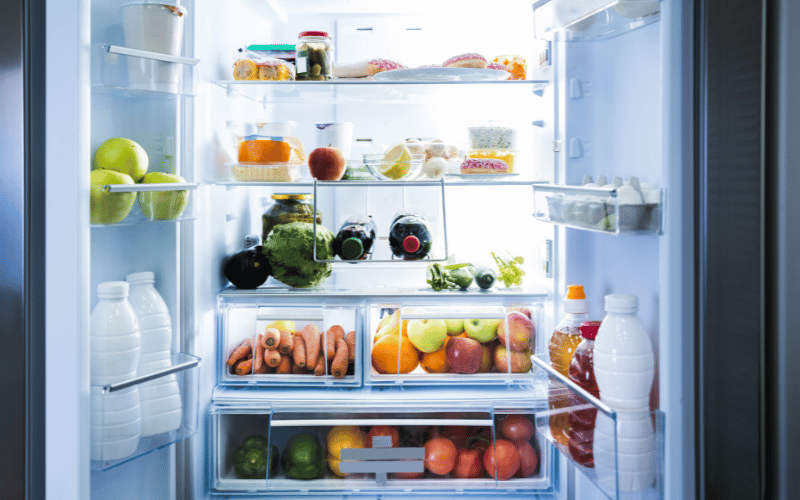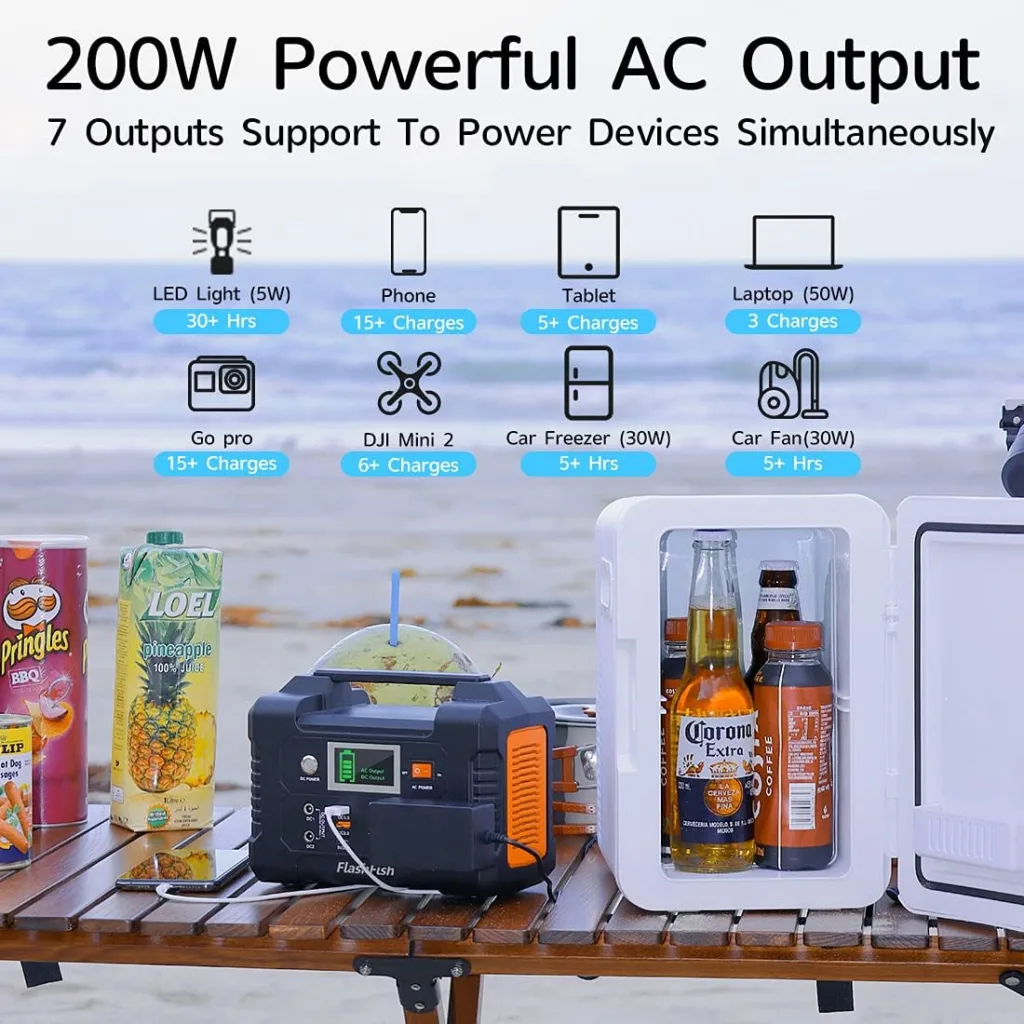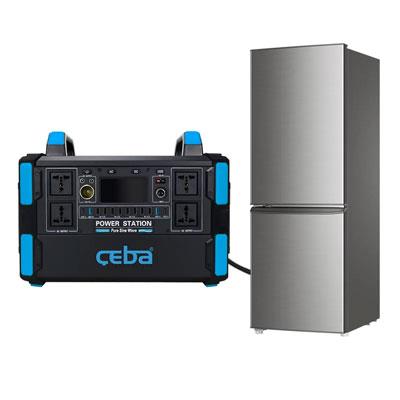The importance of keeping refrigerators running during power outages

Portable Power Station Refrigerator
During power outages, keeping refrigerators running is crucial to prevent spoilage of food and to ensure a continuous supply of fresh food.The loss of electricity can result in spoiled food and even foodborne illness.A power outage can happen at any time, and it can last for an extended period.This is why it’s essential to have a backup power source, such as a portable power station, to keep refrigerators running during power outages.It provides a reliable source of power to keep the refrigerator running, ensuring that your food stays fresh and safe to consume.
Portable Power Stations for Refrigerators
What is a portable power station?
Power output and capacity considerations
When selecting a portable power station for a refrigerator, it is crucial to consider its power output and capacity. Refrigerators require a significant amount of power to run, especially during start-up when the compressor needs to kick in. Therefore, it is essential to choose a portable power station with sufficient power output to handle the refrigerator’s start-up and running wattage.
One way to determine the required power output is to check the refrigerator’s owner manual or label for its wattage rating. Usually, most refrigerators have a power rating ranging between 50 to 200 watts. However, it is essential to note that some refrigerators require more power, particularly when they have multiple doors, freezers, or advanced features.
Moreover, capacity is another essential factor to consider. A power station’s capacity is measured in watt-hours (Wh) and determines the amount of time the unit can run a refrigerator. For example, suppose a refrigerator has a power rating of 100 watts, and the power station has a capacity of 500Wh. In that case, it can run the refrigerator for approximately 5 hour. Refrigerators are actually relatively energy-efficient. Its standby heat preservation power is very small, and after the refrigeration is started, the power is 65-150 watts. Refrigerators are not always running and that the power station can power other devices as well.
Keeping Your Food Fresh Anywhere with a Portable Power Station for Refrigerator
Steps to connect a portable power station to a refrigerator
Check the power rating of your refrigerator to ensure it is compatible with the portable power station. Most refrigerators have a power rating ranging from 90-200W, but some larger models may require more power.
Check the capacity of your portable power station to ensure it can handle the power requirements of your refrigerator. Portable power stations typically have a power output of 100-500W, but some high-capacity models can provide up to 1000W.
Connect the refrigerator to the portable power station using the appropriate power cable. Most refrigerators use a standard AC plug, so make sure the power station has AC outlets.
Turn on the portable power station and check the battery level to ensure it has enough power to run the refrigerator. Most portable power stations have a built-in display that shows the battery level and estimated run time.
How long a portable power station can power a refrigerator
The run time of a portable power station depends on the capacity of the battery and the power draw of the refrigerator. For example, a 300W portable power station with a 288Wh battery can power a 100W refrigerator for about 3-5 hours before needing to be recharged.
The refrigerator does not always run, as the compressor stops working after reaching the set temperature. Overall, the refrigerator is energy-efficient.
However, a larger 1000W portable power station equipped with a 1000Wh battery can provide power to the same refrigerator for up to 24 hours.
Safety considerations when using a portable power station for refrigerators
When using a portable power station to power a refrigerator, it is important to follow safety considerations to prevent damage to the appliance and ensure your own safety. Some tips include:
Make sure the power station is placed in a well-ventilated area to prevent overheating.
Do not exceed the maximum power output of the power station, as this can damage the appliance and the power station.
Use the appropriate power cable and ensure it is properly connected to prevent electrical hazards.
Monitor the battery level of the power station and recharge it as necessary to avoid damage to the battery.
By following these steps and safety considerations, a portable power station can provide a reliable backup power source for refrigerators during power outages or off-grid situations.
Factors to Consider When Choosing a Portable Power Station for Refrigerators

Here are some key factors to keep in mind:
Battery type and capacity:
The battery type and capacity of the power station will determine how long it can power your refrigerator. Lithium-ion batteries are typically preferred due to their high energy density and long lifespan. The capacity of the battery is measured in watt-hours (Wh), and a higher capacity battery will provide longer runtime. For example, a 300Wh battery can power a 90W refrigerator for about 3 hours, while a 1000Wh battery can power the same refrigerator for up to 24 hours.
Portability and weight:
Since portability is one of the key benefits of a portable power station, it’s important to choose one that is easy to carry and transport. Consider the weight and size of the power station and whether it comes with a carrying handle or wheels.
Additional features:
Some power stations come with additional features such as multiple AC outlets, USB ports, and even solar panel compatibility. These features can add versatility and convenience to your power station, but they may also come with a higher price tag.
It’s important to note that the power requirements of your refrigerator may vary depending on its size and efficiency. Before purchasing a portable power station, check the power rating of your refrigerator and ensure that the power station you choose can provide enough power to keep it running for the desired amount of time.

